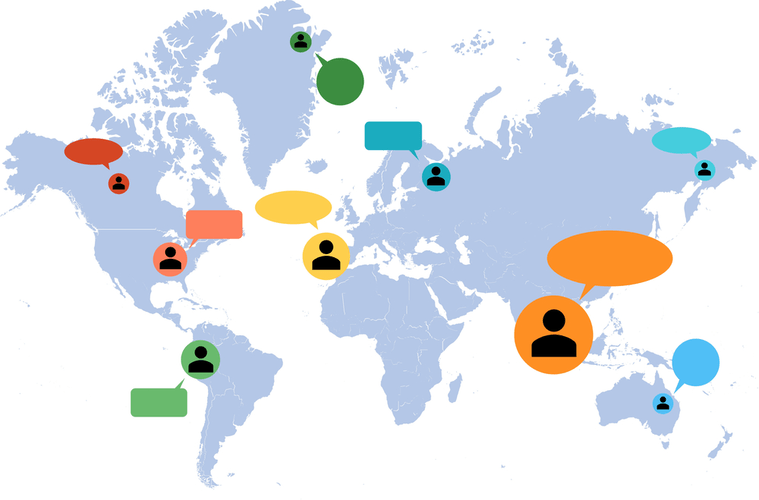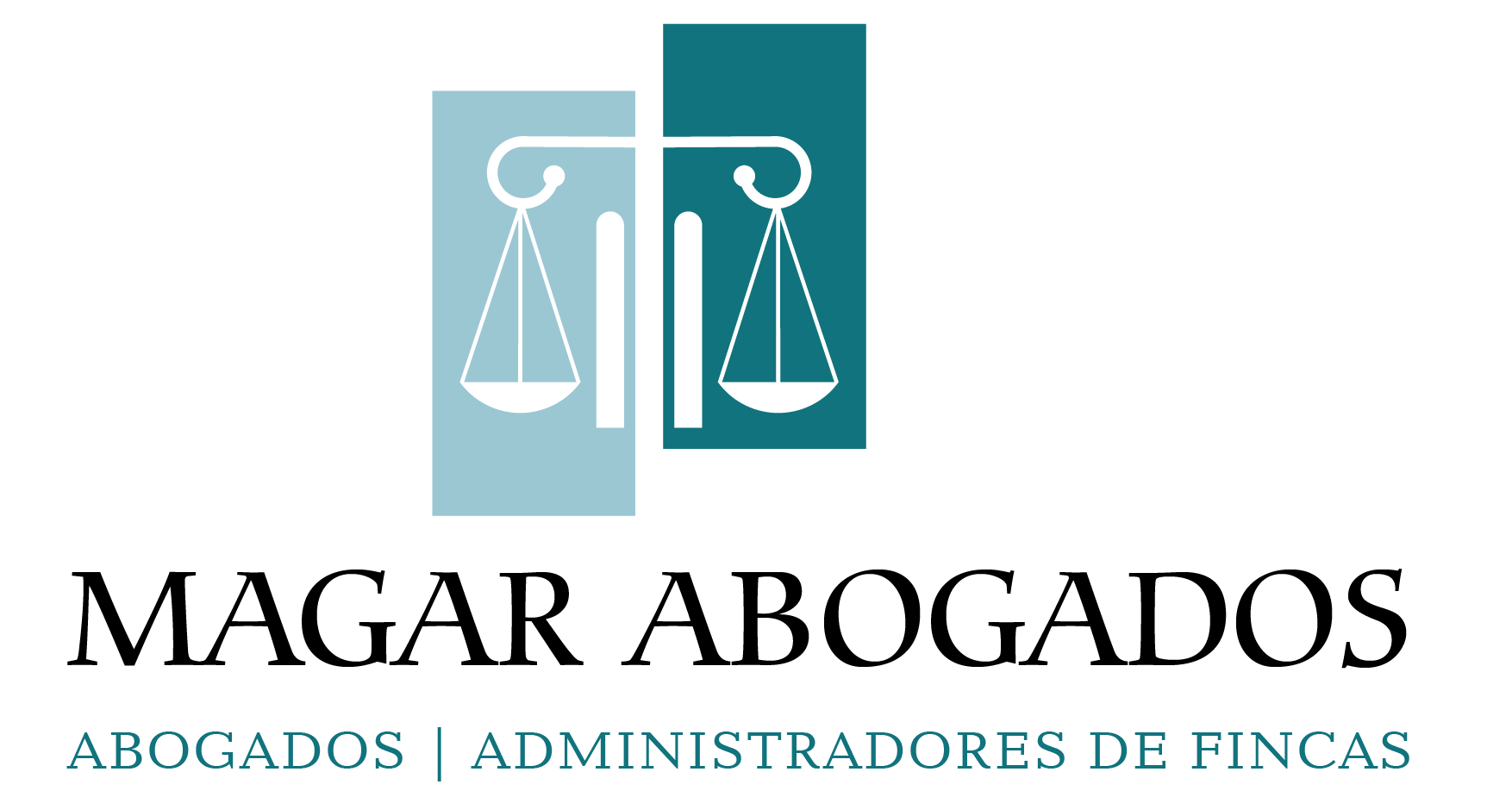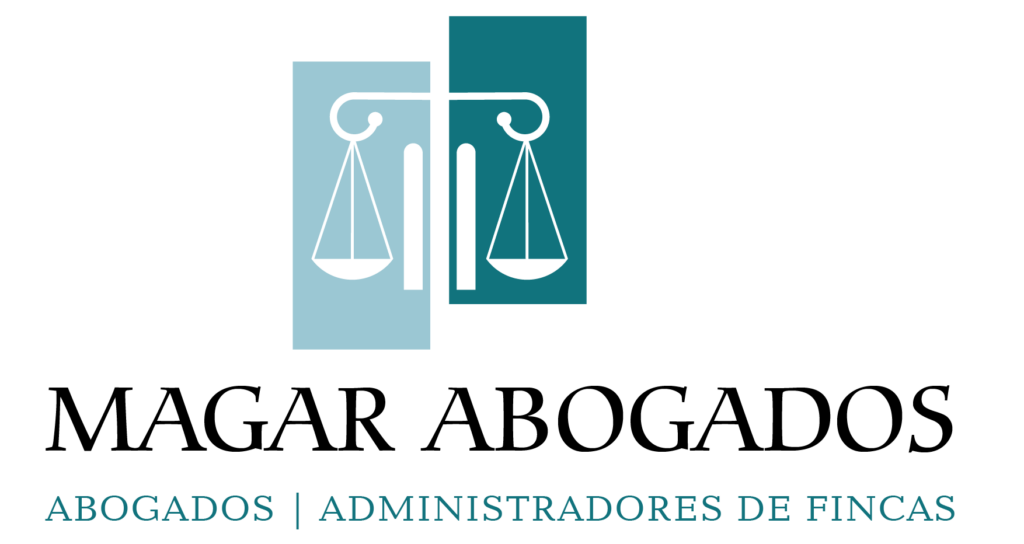Forward traceability – The capacity to establish and description future actions in the direction of requirement completion, similar to tests and modifications. Common utilization is to take the identifier for every of the objects of 1 document and place them within the left column. The identifiers for the opposite doc are positioned throughout the top row. When an item within the left column is expounded to an item throughout the highest, a mark is placed in the intersecting cell. The variety of relationships are added up for each row and every column. Large values indicate that the relationship is too complex and should be simplified.

If you have to unearth potential dangers, you could do a failure modes and results analysis (FMEA). You can do this by creating a threat matrix and using that matrix to decide what to do about threat — mitigate it, get rid of it, or accept it. There are various kinds of traceability matrices, depending on the specified use. Heavily regulated industries want traceability to prove compliance.
Benefit Of Requirement Traceability Matrix
A Traceability Matrix may help to handle this complexity, ensuring that every one aspects of the AI system are accounted for and that each one necessities are met. Furthermore, the matrix can help to determine any gaps or inconsistencies within the AI system, allowing them to be addressed earlier than they turn into problematic. The life cycle of an embedded system is incomplete and not using a Requirements Traceability Matrix. Fortunately for the hard-working project manager, plenty of tools are available to make the job simpler. Now let’s have a look at the significance of the RTM in testing and project management. Try Helix ALM right now — and see how straightforward it can be to create a traceability matrix and obtain end-to-end traceability.

If a problem found in testing is resolved, you’ll need to replace it but again. Once you’ve defined your artifacts, you’ll want to gather them. This might https://www.globalcloudteam.com/glossary/traceability-matrix/ imply monitoring down the latest necessities document. Each requirement listed should have a unique requirements ID.
The Traceability Matrix is a dwelling doc that’s updated all through the project lifecycle. As new necessities are added, they’re tracked within the matrix. As requirements are fulfilled, their status within the matrix is updated. This ongoing process ensures that the project stays on monitor and that every one stakeholders have a transparent understanding of its progress. Traceability presents proof of assembly compliance requirements and in the end helps fulfill originally set targets.
Documentation And Compliance
Monitor the matrix as new necessities come up and as a project progresses, together with speaking and reporting to stakeholders, staff members, customers, project managers, or regulatory authorities. This makes everyone aware and induces transparency across the compliance status of requirements. Creating a Traceability Matrix is advisable as the development continues to make doc updates simpler. These updates embrace problem resolutions and other forms of modifications.
Effective communication is the bedrock of any profitable project. RTMs function a standard language, facilitating clear and concise exchanges between stakeholders, builders, and testers. This eliminates misunderstandings and aligns everybody towards a shared aim. Additionally, it provides a historic record of discussions and selections, aiding in resolving disputes or clarifying necessities in the future. A traceability matrix can have totally different levels of granularity and complexity relying on the scope and nature of the project.
How Does The Necessities Traceability Matrix Work?
BTW in our test administration system this characteristic is carried out successfully. When QA will get the SRS/Sprint backlog document they first try to understand the requirements completely and then begin writing check circumstances and reviewing them with the entire project staff. But generally it may happen that in these take a look at instances, some performance of necessities is missing, so to keep away from it we required a requirement traceability matrix.
It allows clear tracking of how each requirement progresses by way of the project’s lifecycle. On the other hand, when software program improvement occurs in-house, work contracts aren’t required. In this case, consumer stories usually substitute formal requirements.

The requirement traceability matrix performs a vital function in project administration. The RTM’s primary function is to maintain observe of necessities and their supply, trace the shifts, and show how the requirement shall be delivered all through the project’s life cycle. Also known as “reverse traceability,” it refers to the strategy of matching take a look at instances to necessities. Backward traceability additionally ensures that the current product is on monitor. Project managers use backward traceability to ensure that the project scope stays the same due to the addition of design parts, codes, tests, or other activities not listed in the initial necessities.
It involves establishing a link between various project parts similar to take a look at circumstances, code modules, design elements, and requirements. Traceability ensures alignment and consistency amongst different project artifacts and ensures that group members can hint them back to the original necessities of a project. Requirements Traceability Matrix (RTM) is a document used in project management and software development to ensure that all necessities are accounted for and correctly addressed. It acts as a roadmap, linking the assorted project necessities to their respective design parts, test instances, and different associated deliverables. Requirements traceability guarantees that each important project requirement and the last word delivery of a secure, usable product has been achieved.
Problems With A Traceability Matrix In Excel
It’s necessary that your traceability matrix reveals the present standing of your requirements, check instances, and issues. But when you build your traceability matrix in Excel, preserving everything up-to-date becomes a nightmare of handbook labor. If a requirement adjustments, you’ll need to update the traceability matrix. Or there may be necessities you determined not to fulfill — you’ll want a method to indicate that, too. If somebody provides a check case, you’ll need to replace the matrix. When a test run passes or fails, you’ll need to update it again.
Let’s look at an instance of a requirements traceability matrix template. Here’s a pattern matrix template supplied by Simplilearn.com. Notice howit incorporates all the weather we’ve previously discussed.
By integrating an RTM into your project management course of and using collaborative instruments like Miro, you can streamline requirement monitoring and improve staff collaboration and stakeholder engagement. When you embrace the RTM with confidence, it transforms the complexity of project necessities right into a navigable and manageable journey. Also generally recognized as reverse traceability, backward traceability ensures the current product improvement is on the right track. It helps make positive that there are no added unspecified additional functionalities That may compromise the project’s scope. It’s responsible for mapping test circumstances to their respective requirements. RTM in a software program testing project houses different parameters.
Once clear hyperlinks connect preliminary necessities and take a look at circumstances are established, groups can observe the design and implementation of initiatives. The ahead traceability matrix helps make sure that the development course of aligns with the desired enterprise requirements and achieves the goals. Moreover, if any requirement lacks a corresponding test case, they’ll detect a niche in testing coverage that needs to be addressed. In conclusion, traceability matrices are indispensable instruments that assist project teams preserve alignment with requirements, handle adjustments successfully, and achieve compliance with quality requirements. Their adaptability and bidirectional traceability make them priceless belongings in navigating the complexities of project and system development. With an RTM doc at hand, teams can considerably elevate the quality of software products.
They permit project managers to observe individual requirement progress as they traverse the event lifecycle. This facilitates assessing total project advancement, figuring out potential bottlenecks, and making informed decisions to maintain the project on track. Central to the traceability matrix’s function is guaranteeing quality assurance. By offering a comprehensive view of requirement development through development phases, it contributes to confirming that the ultimate product aligns with specified requirements. This facet is especially critical in industries with stringent quality and security standards. A traceability matrix serves as a basic software in connecting various project or system necessities to corresponding parts in subsequent development phases.
Verify that each requirement is met by a number of design elements using varied strategies (such as inspection, review, walkthrough, and so on.). Document them in a verification plan utilizing matrices (such as V&V matrix, V-model, and so forth.). Software (e.g., flight data recorders) is more and more embedded in hardware (e.g., a plane). It’s critical that the software https://www.globalcloudteam.com/ program upholds quality requirements — or the plane could be in danger for a cyberattack. So, you now know that requirement traceability is important. Weak traceability could make it difficult to satisfy goals, run the best checks, make choices, and manage projects.
The software program additionally must uphold quality standards as a safety in opposition to cyber-attacks for planes and electric vehicles. Automotive traceability also ensures safety compliance since software and hardware are closely built-in and embedded. This matrix is developed on the project’s beginning to make sure the product moves in the proper course.
Every trade that develops software or manufactures hardware can use requirement traceability. But it’s essential for quality and safety-critical enterprises to prove compliance. This table serves as a sensible tool for project groups to make certain that all necessities are adequately addressed and examined all through the development process. The desk above represents a simplified Requirements Traceability Matrix (RTM) used in software growth projects. Each row corresponds to a specific requirement, identified by a novel Req ID.


